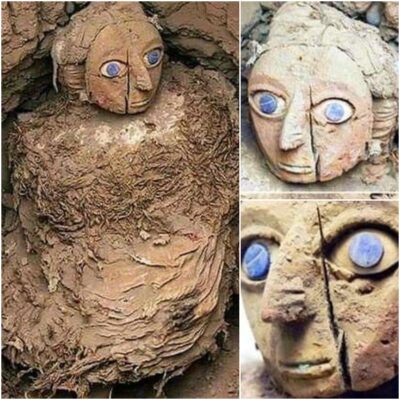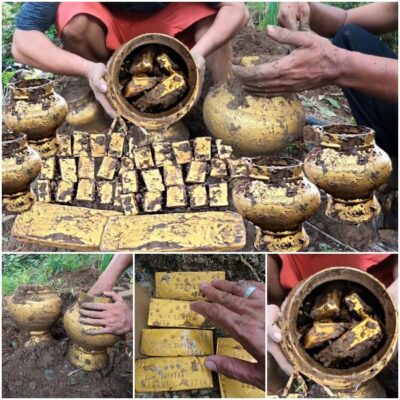In 1920, a man was searching for diamonds in the Poco Azul Cave in Chapada Diamantina National Park, Brazil, when he stumbled across an invisible lake. Most people think that Poco Azul is just a bottomless cave, so scientists were surprised to find a special lake.

A diamond seeker stumbles upon an invisible lake in the Poco Azul cave. (Photo: CNN)
According to experts, the Poco Azul cave formed from the subsidence of the Paraguaçu River in Nova Redenção, east of Chapada Diamantina. This is a cave up to 16m deep underground, 20m wide and 40m long.
The special feature of the lake in the Poco Azul cave is that its water is so clear that you can see the bottom, making it impossible to distinguish where the water is and where the rocks begin. When looking at the photos below, if you don’t know in advance that they are swimming in the middle of the lake, everyone will think that the tourists are mysteriously floating in the air.

With a level of transparency up to 100%, the invisible lake makes visitors think they are swimming in the air. (Photo: CNN)
In addition to the transparent water, the water in the lake is always kept at 24 degrees Celsius, the temperature is very suitable for visitors to enjoy swimming here. Photographer Marcio Duranc had to exclaim when he came here to record images in the cave: “It’s hard to find another place like this. Poco Azul is truly unique with its deep blue water color and gradation. It’s 100% transparent. It’s worth going to see it once.”
Scientists have taken the lake water to determine why the water is so clear and blue. Later, they discovered that the lake’s invisible ability was due to the sunlight penetrating the holes in the cave, scattering the water into such a beautiful blue color.

Under the sunlight through the holes in the cave, the lake water shines a very beautiful blue color. (Photo: CNN)
However, they also recommend that visitors should pay attention to the time to visit the lake and the Poco Azul cave. The best time is from April to September every year, should not come in the rainy season is February. To enjoy the feeling of floating in the air, visitors should come during the day.
However, because it needs to be preserved, the local government has made quite strict regulations for this lake area. That is, visitors can only enter in small groups, do not go too many people at the same time so that the landscape of the cave is not damaged.

Beneath the lake are many fossils of extinct prehistoric animals. (Photo: CNN)
Not only is the tourist attraction attracting hundreds of thousands of visitors every year, the lake in the Poco Azul cave is also a place for archaeologists to study the fossils of prehistoric animals. Specifically, in 1990, filmmaker and cave diver Tulio Sharfel found a giant bone underneath the sediment on the bottom of the lake in the Poco Azul cave. After analysis, archaeologists have determined that this is the bone of a giant sloth that went extinct in the Pleistocene 11,000 years ago. This sloth has a very “terrible” size, they weigh up to 5 tons.
Many years later, many archaeological groups unearthed more fossils of more than 40 other extinct animals in this cave.











